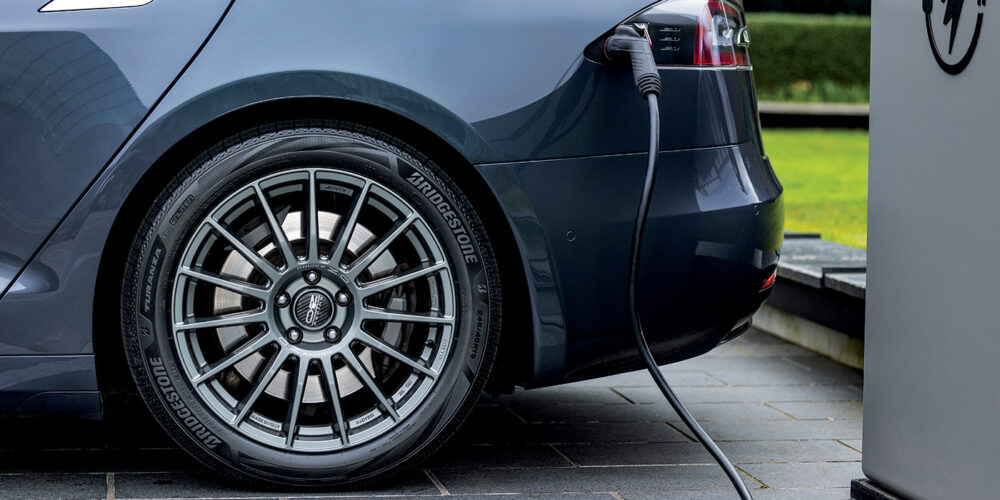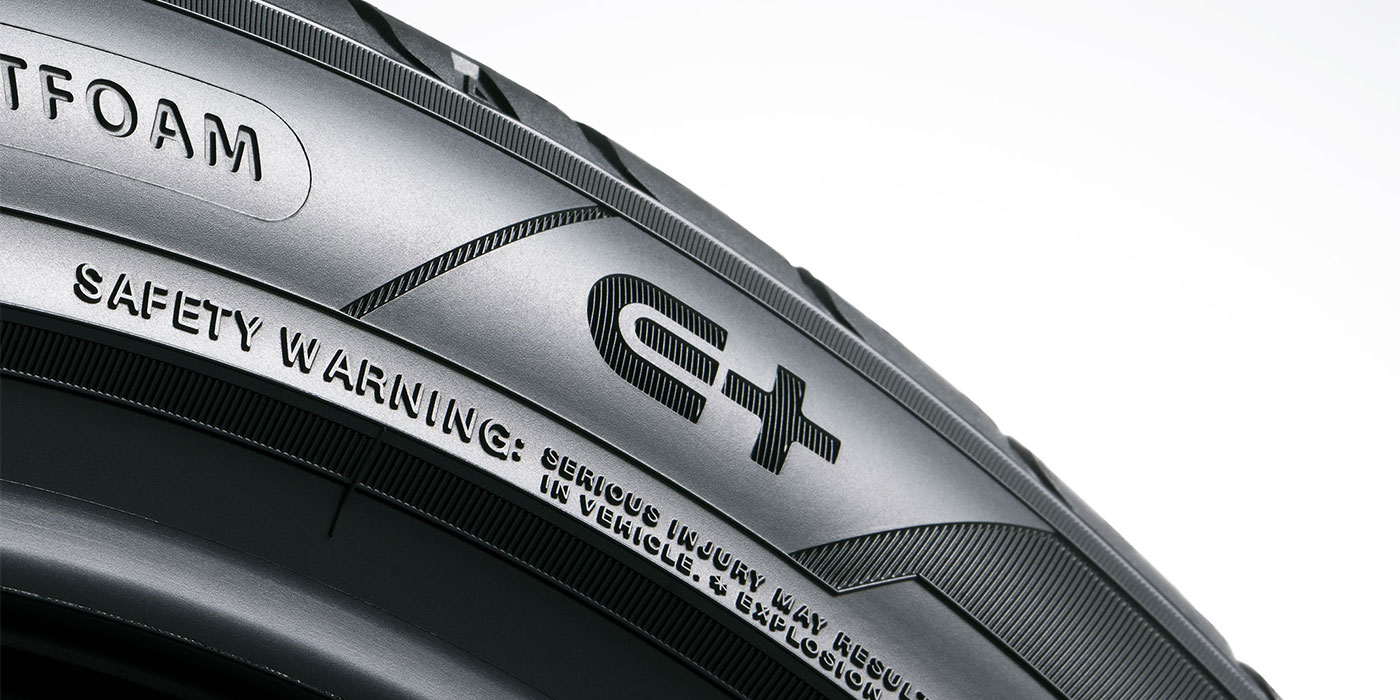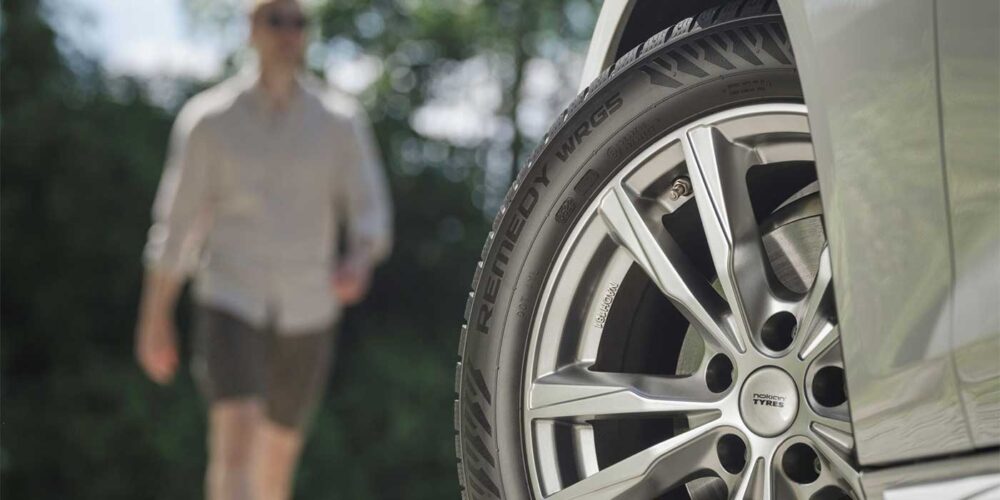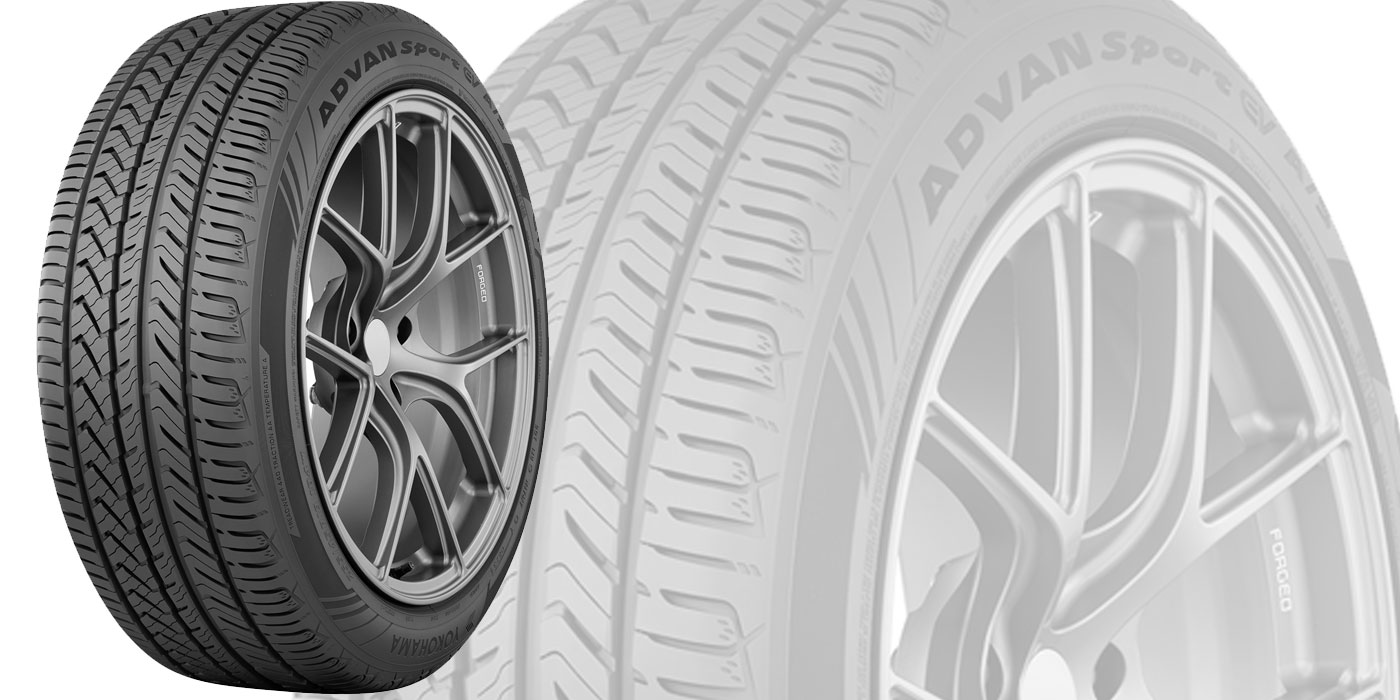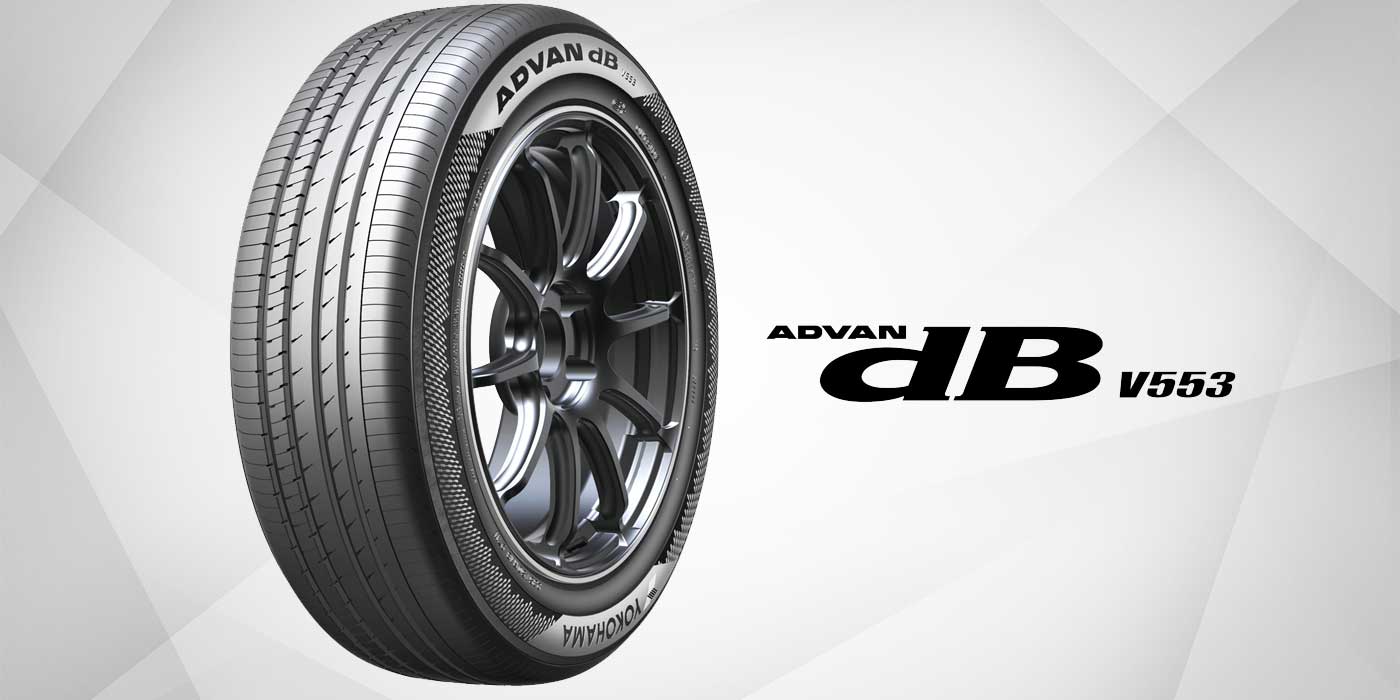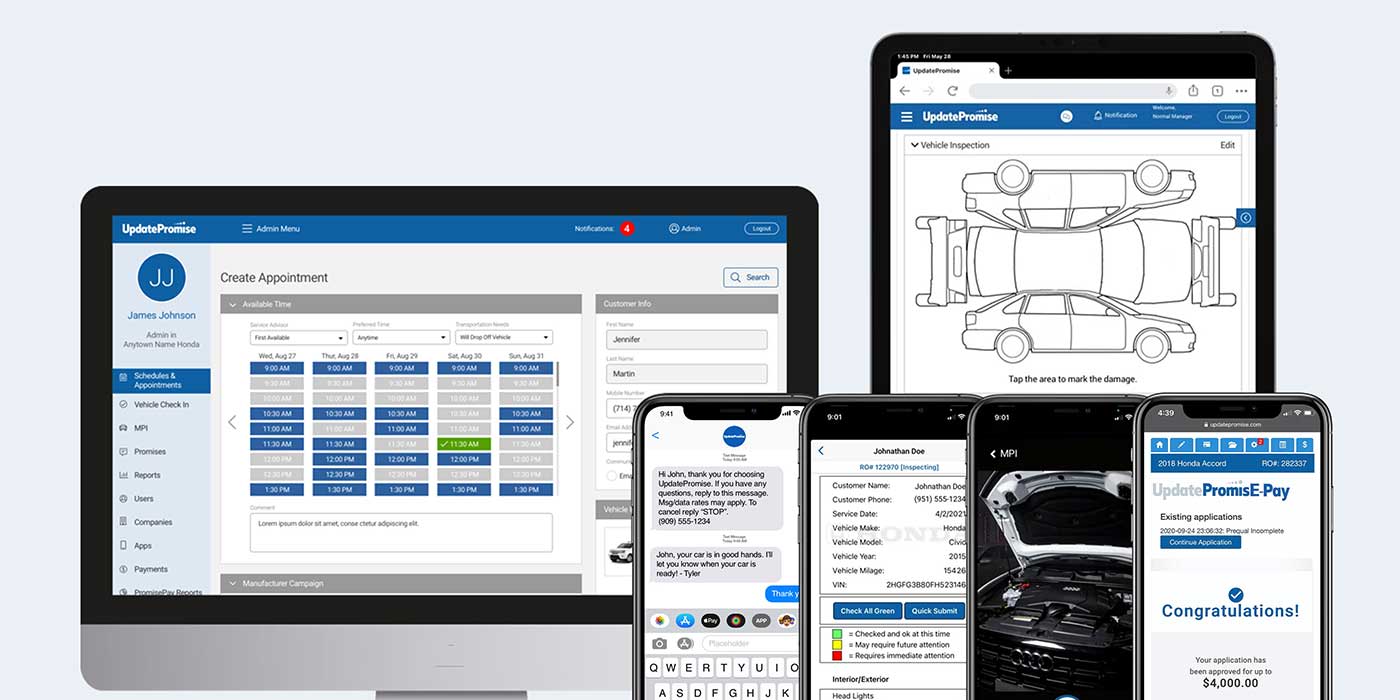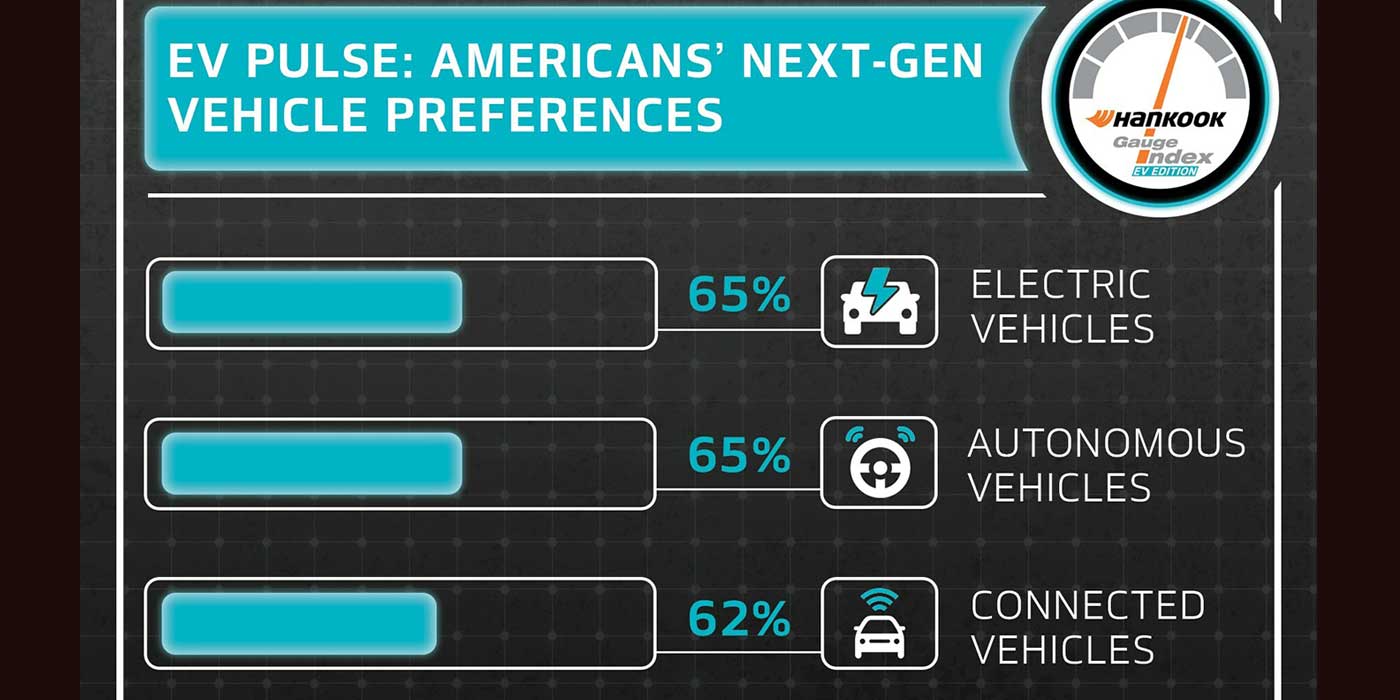As the popularity of electric vehicles continues to rise, so does skepticism surrounding tires explicitly designed for them. Major tire manufacturers are prominently displaying EV logos on tires that they claim are EV-compatible. However, some wonder whether this is a marketing gimmick to sell a new kind of tire. The question lingers: Is it necessary to distinguish tires designed for EVs and those intended for internal combustion engine vehicles?
While many manufacturers already produce EV-compatible tires, not all are marketing them the same. Manufacturers like Michelin, Hankook and Sailun provide EVs with their own respective lines of EV-focused tires. Pirelli, Bridgestone, Nokian and others are stamping EV-compatible logos on tire sidewalls. Continental says all of its tires are designed for both ICE vehicles and EVs but is stamping an “EV Ready” marking on the sidewall of all new tires as they are introduced to the market.
Tire manufacturers are all over the map with this for now, but one thing is certain: EVs are changing tire technology in the marketplace.
“The push for electrification forced the industry to really expand its technology in a variety of areas,” says Ian Coke, chief technical officer at Pirelli Tire North America. “Why? EV manufacturers are crazy fast at developing things, so we are forced to react quicker, which is a great thing. We’ve been forced to try and balance wet, snow and grip while keeping rolling resistance. It also pushes [the industry] to source and use more sustainable materials.”
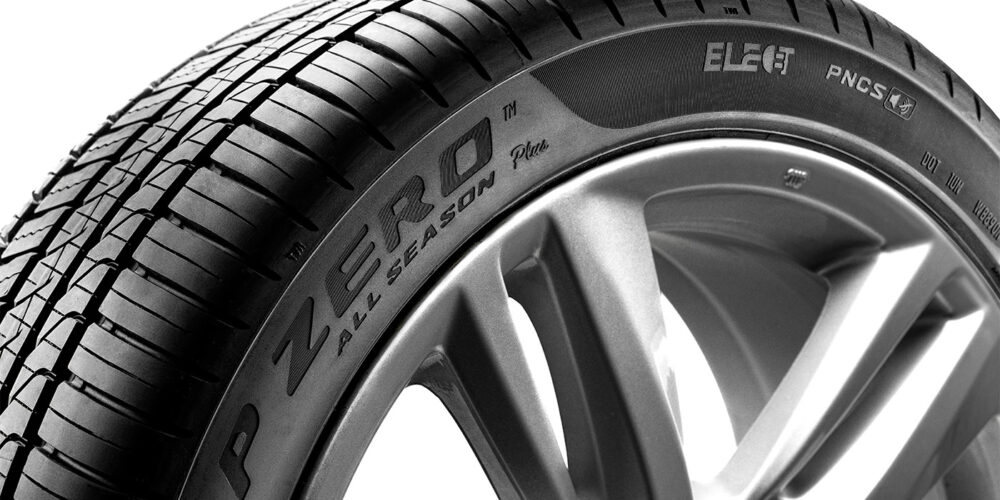
Perfecting Performance
Mark Pereira, marketing and communications director at Sailun Tires, stressed the importance of the industry manufacturing well-rounded tires for multiple types of customers and says EV owners may not want replacement tires that don’t match OE features.
“As more vehicle manufacturers offer additional electric car, truck and SUV options, the need for tires that enhance EV performance, help increase range and also deliver a quiet and comfortable driver experience has never been greater,” Pereira says.
He says that Sailun tires include what the company calls EcoPoint3 technology, which uses a manufacturing process called “liquid phase mixing.” He says this creates reduced rolling resistance and will allow EVs to travel further on a single charge.
Pirelli’s Coke explained that noise, wear and range are the three aspects that are most noticeably impacted by tire selection, and these just so happen to be very important to EV owners.
“Sure, you can put any tire on any vehicle, assuming the size and respecting the legal speed ratings, load ratings and everything else, but, are [customers] going to get the performance they want, in line with their expectations?’ he asks. “Having a product designed for that particular vehicle’s attributes is the most important thing for customers to think about when choosing the right tire.”
Coke says that, with the speed at which OEMs are developing and launching new EV models (either existing platforms or totally new), tire development must stay ahead of the game.
“This starts with increasing the use of virtual modeling and simulation to speed up the development process. It pushes the boundaries in terms of material/construction developments with a heavy focus on range, but without compromising safety attributes such as wet or snow,” Coke says.
If your customer values traction and handling in all conditions, the appropriate tire for them may not necessarily be one with OE specifications, or one specifically made for their EV. Major manufacturers have to keep dealers and customers in mind when creating an EV tire, Russell Shepherd, Michelin North America’s technical communications director, says.
“EV tires can have different designs than [tires for] internal combustion [vehicles] to help with the needs of an EV consumer, which is how Michelin approaches tire design for all vehicles,” he says. “Design characteristics should include compounds and tread design that are stiffer for longer wear given the weight and high torque acceleration of EVs, foam insulation that helps quiet the road noise output from an EV tire and lower rolling resistance to help extend range.”
He pointed out that Michelin has been researching and developing low rolling resistance tires for high torque applications for decades, with several years of Formula E racing providing valuable data insights. He cited the thinner top belts used in the Michelin Pilot Sport EV, which enhance the range of the tires.
Senior Communications and Content Manager of Nokian Tires Wes Boling says some customers may prefer a quiet ride when looking for a tire. He says that manufacturers like Nokian are working to put new compounds in the tire and design them specifically to reduce noise.
“We call it our technology SilentDrive Technology,” explained Boling. “Polyurethane foam rests on the inside of the tire, between the tire and the wheel and can significantly reduce the noise level from the tires’ contact with the road, making the cabin more comfortable for drivers.”
According to Bridgestone’s Director of Consumer Product Strategy Will Robbins, Bridgestone’s belief in dedicated EV products has stemmed from a focus on getting OE business and partnering with OEMs to understand EV tire requirements. Robbins says the company sees a significant opportunity in the replacement market, particularly with Tesla vehicles.
He highlighted the company’s current Turanza EV tire, which is specifically designed for EVs, with improved ride comfort, traction and wear performance specifically designed for EV owners.
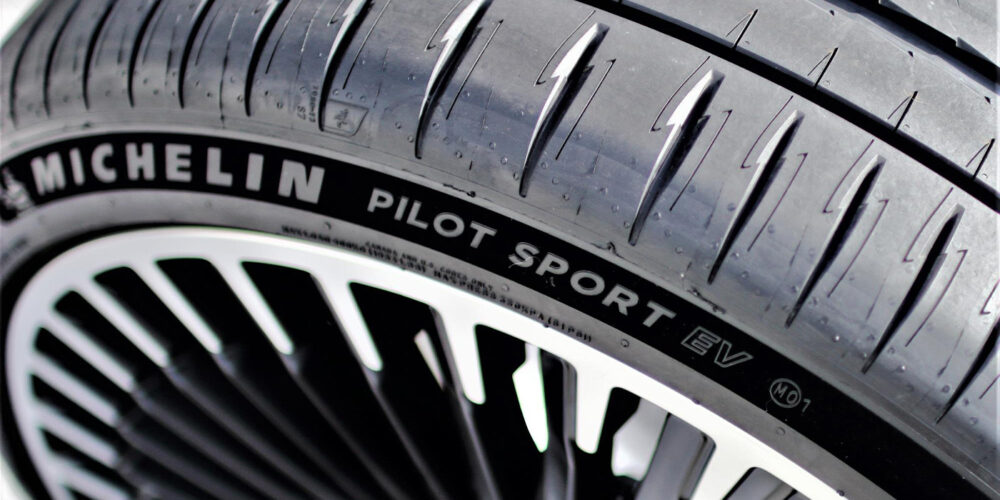
Educating the Industry
Bridgestone’s Robbins says the best way to get buy-in from dealers and distributors on EV tires is by giving clear recommendations and advice on what to offer.
“Dealers love the simple, easy recommendations that we’ve got backed up with all the features, benefits, proof points and data,” Robbins says. “[We want dealers to know] what to recommend when they see a Tesla customer come through the door.”
The impending growth of EVs has jolted the tire industry into exploring the unique requirements of these vehicles and consumer performance preferences. While the industry continues to innovate on tire technology, education is needed to bridge the gap on the performance of EV tires versus replacement tires–not only for industry professionals, but consumers, too.
Nate Dodds, Continental Tire product manager – performance tires, says the first step to selling an EV tire is asking the customer about performance preferences. For example, if your customer prioritizes a low noise output, range optimization and low rolling resistance for their EV, they may prefer an EV-specific tire built to OE specifications.
“OEs obviously optimize the tire for one specific vehicle, whereas replacement [tires] are optimized for multiple sizes with multiple different types of vehicles,” Dodds says. “None of this is unique to EVs; with our experience as a Tier 1 manufacturer with multiple OE fitments, we have strong experience in optimizing tires.”
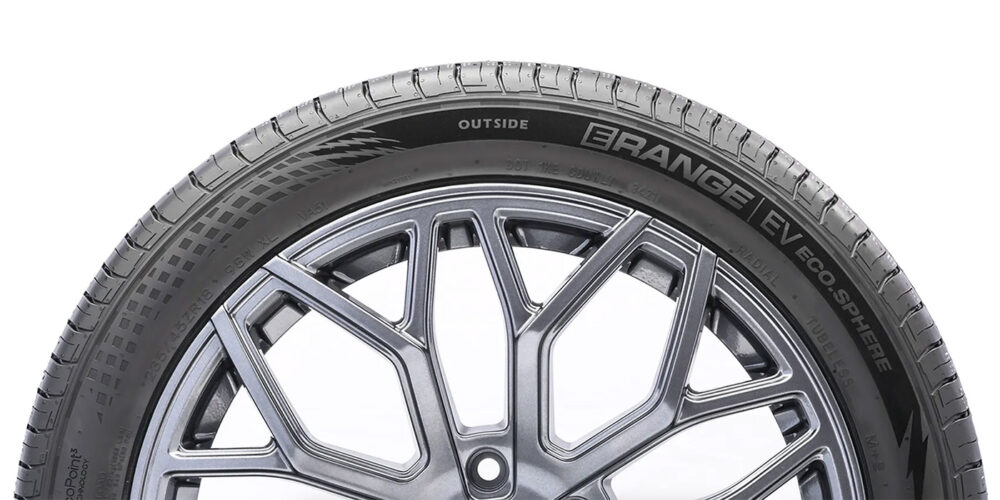
Sailun’s Pereira claimed the biggest challenge Sailun has faced with EV tire adoption is educating consumers and retail staff on the features and benefits of EV tires versus traditional replacement tires.
“Range anxiety is real when driving EVs,” Pereira continued. “Battery technology has improved over the years and range continues to increase, but there are a lot of factors that alter your vehicle’s range, including tires.”
Due to range anxiety, consumers worry about running out of power before reaching the destination or charging point – even a 10% difference in range or mileage will be a complete turn-off for some drivers, he says.
Nokian’s Boling says many dealers and drivers believe that tires don’t have to be designed specifically for EVs to meet their needs.
“We generally agree, apart from our dedicated offerings in the winter space,” Boling explained. “As a company that makes tires in an area of the world where EVs are very popular, we have factored the needs of EV drivers into our product development process for several years. More than 90% of our tires are in the lowest categories of rolling resistance and construct our tires to withstand heavier loads.”
Boling says these selling points help convince skeptical consumers and dealers to consider EV tires.
Pirelli’s Coke says that, rather than sacrificing or trading off certain attributes, the trick is matching the most important requirements for EV and EV owners. Yes, range optimization is a key priority for EV tires, but advances in technologies and materials help minimize compromises in other areas like traction and noise.
Combining new compounds with noise-cancelling foam, for example, can maintain wet and dry grip while keeping interior noise low. However, aligning customer expectations here is also important, as maximizing range inherently comes at the cost of tread life. With the right combination of technology and education, manufacturers can balance the unique performance needs of EVs while setting realistic standards on metrics like longevity.
Shepherd says Michelin is committed to providing EV education to customers and consumers to make sure there is knowledge about EVs, ensuring they feel confident before and after a purchase.
“EVs are new and exciting for consumers and, like anything new, there is a need for education around how it’s different and what to be aware of,” he explained. “The gap in knowledge around EVs is no different from when the first car was invented over 200 years ago, or more recently, the invention of the smartphone.
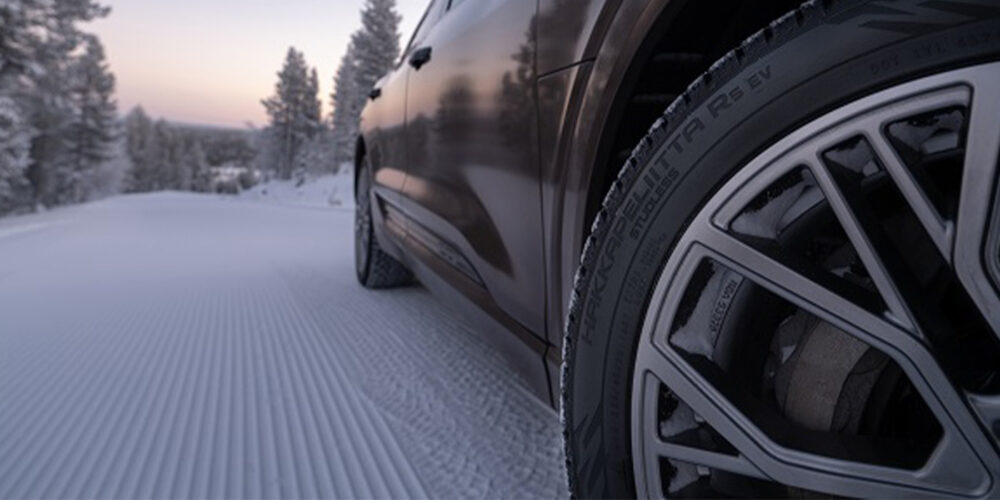
The Necessity of EV Tires
In the next ten years, many automakers will transition almost entirely to EV production. At the same time, many of the vehicles on the road will still be ICE, making the market complex as more tire manufacturers evolve from offering specific EV equipment towards products designed and engineered to work well across the market.”
Nokian’s Boling explained how the growth of EVs will challenge tiremakers like Nokian to tailor full product lineups that account for heavier loads and higher torque, to make driving quieter and more comfortable and to maximize mileage. He says the industry may see a shift toward those properties across the product spectrum, whether or not tiremakers are producing EV-specific tires.
“I wouldn’t be surprised to see tiremakers craft larger numbers of EV-specific tires and would expect that all tiremakers will factor EV drivers’ needs into their products’ properties just like everything else,” Boling says.
While EV-specific tires have merits, their necessity versus marketing appeal may still be debatable. On the one hand, manufacturers tout extensive R&D into compounds, noise insulation and other features to help optimize EV performance and meet customer expectations.
This suggests tires engineered for electrics provide meaningful benefits beyond the marketing hype. Some specifications like tire markings may be more about branding than function, and non-EV tires can still deliver on key priorities like range and ride quality. Ultimately, the importance of EV tires depends on the customer’s priorities and willingness to divert away from OE performance expectations. However, the promise of EV tires may resonate with customers who want maximum optimization for their EVs.

